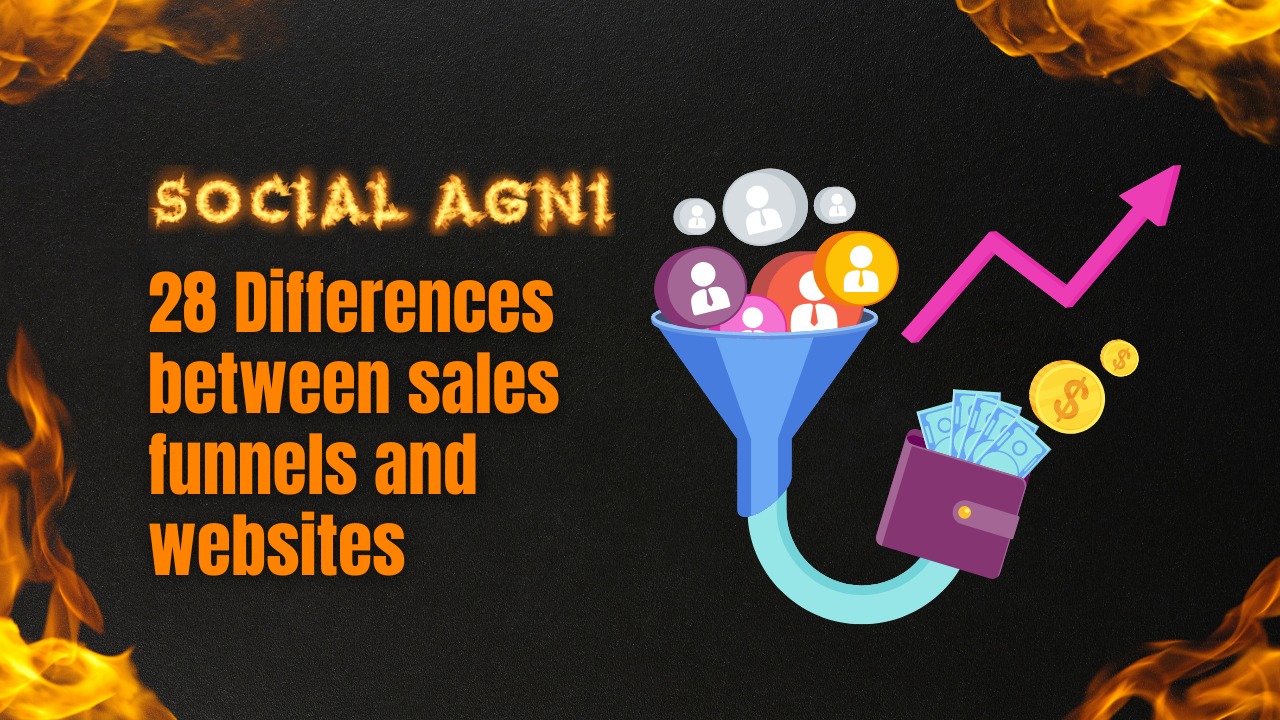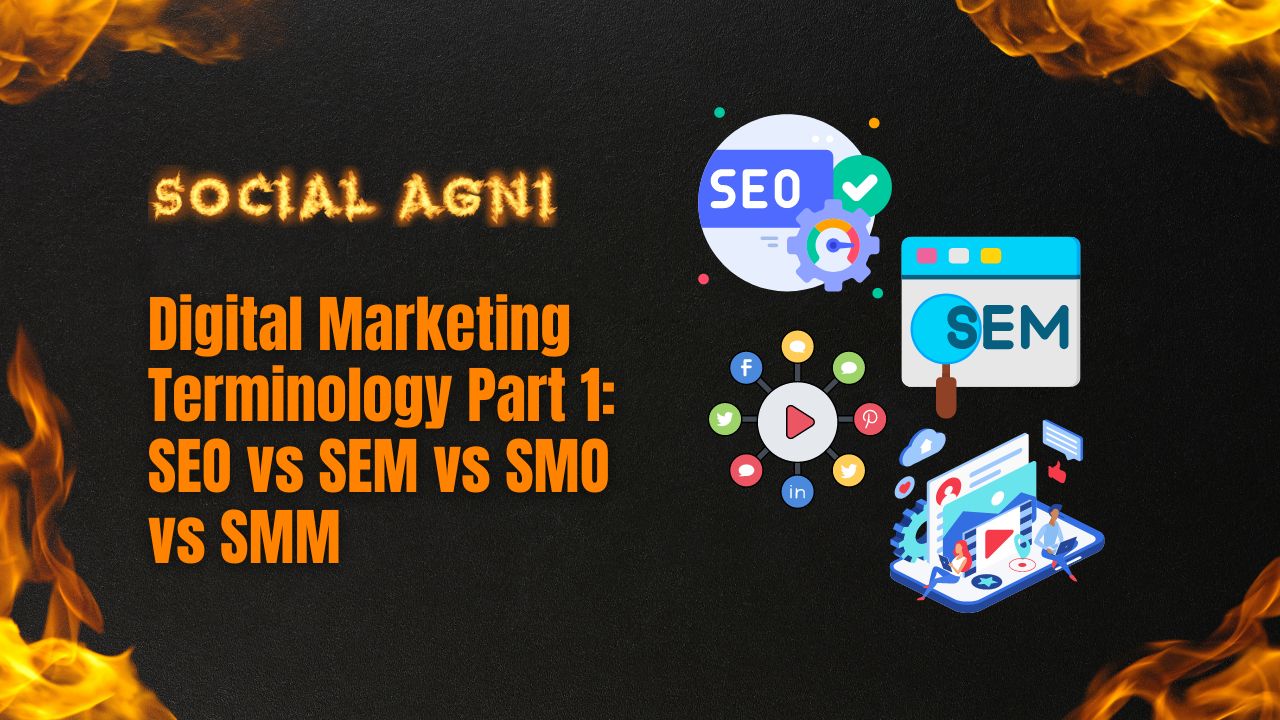Content writing has been one of the most essential skills that every business, blogger, or website owner should possess. The quality of your writing can either make or break your online presence. With that in mind, it’s no surprise that content writing tools have become a necessity in the digital world. There are several writing tools available that can make your writing experience more efficient and enjoyable. In this article, we will take a look at the top 10 best content writing tools for better writing in 2023.
1. Grammarly
Grammarly is one of the most popular content writing tools in the market. It is an AI-powered tool that helps you improve your grammar, spelling, and punctuation. The tool uses advanced algorithms to detect errors in your writing and provides suggestions to fix them. It also offers a plagiarism checker that compares your content with billions of web pages to ensure your content is unique.
Pros:
- Accurate grammar and punctuation checks
- Provides suggestions for better writing
- Offers a plagiarism checker
- Integrates with multiple platforms
Cons:
- Limited functionality in the free version
- Can be expensive for premium features
- Sometimes suggests unnecessary corrections
2. Hemingway Editor
The Hemingway Editor is a writing tool that helps you improve your writing by highlighting complex sentences, passive voice, and adverbs. The tool provides a readability score for your content, which indicates the level of education required to understand your writing. The Hemingway Editor also suggests simpler alternatives to improve your content’s readability.
Pros:
- Identifies complex sentences and adverbs
- Provides a readability score
- Suggests simpler alternatives
- Offers a distraction-free writing mode
Cons:
- No grammar or punctuation checks
- Can miss some errors
- Not suitable for academic or technical writing
3. ProWritingAid
ProWritingAid is an all-in-one writing tool that checks your grammar, spelling, punctuation, style, and readability. The tool provides detailed reports on your content’s performance and offers suggestions to improve your writing. ProWritingAid also offers a contextual thesaurus that suggests synonyms based on the context of your content.
Pros:
- Offers comprehensive writing checks
- Provides detailed reports
- Contextual thesaurus for synonym suggestions
- Integrates with multiple platforms
Cons:
- Can be overwhelming for beginners
- No plagiarism checker
- Some suggestions can be irrelevant
4. Yoast SEO
Yoast SEO is a content writing tool that helps you optimize your content for search engines. The tool provides suggestions to improve your content’s SEO score and offers real-time feedback on your content’s performance. Yoast SEO also offers readability checks to ensure your content is easy to read.
Pros:
- Optimizes content for search engines
- Provides real-time feedback
- Offers readability checks
- Integrates with WordPress
Cons:
- Limited functionality in the free version
- Only suitable for SEO-focused content
- Can be distracting for non-WordPress users
5. Google Docs
Google Docs is a cloud-based writing tool that offers collaboration features and real-time editing. The tool provides basic grammar and spell checks and allows you to add comments and suggestions to your content. Google Docs also offers a distraction-free writing mode and integrates with other Google services.
Pros:
- Cloud-based and accessible from anywhere
- Collaboration features
- Real-time editing
- Distraction-free writing mode
Cons:
- Limited grammar and spell checks
- Limited functionality compared to other writing tools
- Can have formatting issues when converting to other formats
6. Scrivener
Scrivener is a writing tool that offers a variety of features for long-form writing. The tool allows you to organize your content into sections and offers a distraction-free writing mode. Scrivener also provides templates for various writing projects and offers customizable tools for outlining, research, and character development.
Pros:
- Organizes content into sections for long-form writing
- Distraction-free writing mode
- Provides customizable tools for outlining, research, and character development
- Suitable for various types of writing projects
Cons:
- Can be overwhelming for beginners
- Expensive compared to other writing tools
- Limited collaboration features
7. Trello
Trello is a project management tool that can also be used for content writing. The tool allows you to create boards and lists to organize your writing projects and tasks. Trello also offers collaboration features and integrates with other apps and tools.
Pros:
- Organizes writing projects and tasks
- Collaboration features
- Integrates with other apps and tools
- Suitable for content planning and management
Cons:
- Limited writing features
- Not suitable for in-depth writing tasks
- Can be distracting with notifications and updates
8. Evernote
Evernote is a note-taking app that can also be used for content writing. The tool allows you to organize your notes and ideas into notebooks and tags. Evernote also offers a web clipper that allows you to save web pages and articles for later reference.
Pros:
- Organizes notes and ideas
- Web clipper for saving web pages and articles
- Available on multiple platforms
- Suitable for content planning and management
Cons:
- Limited writing features
- Not suitable for in-depth writing tasks
- Can be expensive for premium features
9. Ulysses
Ulysses is a writing tool that offers a distraction-free writing mode and customizable writing tools. The tool allows you to organize your content into sheets and folders and offers a markup-based editor for better formatting. Ulysses also offers syncing across multiple devices.
Pros:
- Distraction-free writing mode
- Customizable writing tools
- Organizes content into sheets and folders
- Syncs across multiple devices
Cons:
- Limited functionality compared to other writing tools
- Expensive compared to other writing tools
- Not suitable for collaborative writing tasks
10. Canva
Canva is a graphic design tool that can also be used for content writing. The tool offers templates and design elements for creating visually appealing content, such as social media posts and blog graphics. Canva also offers collaboration features and integrates with other apps and tools.
Pros:
- Offers templates and design elements for creating visually appealing content
- Collaboration features
- Integrates with other apps and tools
- Suitable for creating various types of content
Cons:
- Limited writing features
- Not suitable for in-depth writing tasks
- Can be distracting with design options
Will Chat GPT replace all the other Content Writing Tools?
As an AI language model, Chat GPT can assist in certain aspects of content writing, such as suggesting grammar corrections, providing synonyms, and generating topic ideas. However, it cannot replace all the above content writing tools completely.
Each tool serves a specific purpose and has unique features that are tailored to improve the writing experience. For instance, Grammarly is an AI-powered tool that checks grammar and spelling mistakes, whereas Hemingway Editor focuses on improving readability and simplifying the language.
Furthermore, some of the tools like Canva and Scrivener are designed for specific tasks, such as graphic design and long-form writing, respectively, which Chat GPT cannot replace entirely.
While Chat GPT can be a useful writing assistant, it is not a complete replacement for content writing tools that cater to different needs and functions. Ultimately, the choice of the tool depends on the user’s writing goals and preferences.
Do all above tools have copyright ?
It is important to note that copyright laws protect original creative works, including software programs, such as the content writing tools mentioned above. Each tool has its own copyright protection that prohibits others from copying, distributing, or using the software without the owner’s permission.
Grammarly, for example, is a proprietary software program developed by the Grammarly company. The company has obtained copyright protection for the software, which means that users cannot copy or reproduce the software without their permission. Similarly, Hemingway Editor is a proprietary software program developed by its respective company, and its use is subject to copyright laws.
ProWritingAid, Yoast SEO, Google Docs, Scrivener, Trello, Evernote, Ulysses, and Canva are also proprietary software programs developed by their respective companies. These companies have obtained copyright protection for their software, which means that users cannot use or reproduce the software without permission.
It is important to note that while some of these tools may offer a free version, the use of the full-featured software usually requires payment or a subscription fee. Users must comply with the software’s terms of service and adhere to copyright laws to avoid legal issues.
In conclusion, all the content writing tools mentioned in this article have copyright protection, and users must comply with the software’s terms of service and adhere to copyright laws to avoid legal issues. It is essential to respect the copyright laws that protect the original creators of the software and use the tools responsibly.
Frequently Asked Questions (FAQs)
1. What is the best content writing tool for improving grammar and spelling?
Answer: Grammarly is considered the best content writing tool for improving grammar and spelling. It is an AI-powered tool that checks grammar and spelling mistakes, provides suggestions for improving sentence structure and style, and offers advanced writing analytics.
2. Is Hemingway Editor only suitable for fiction writing?
Answer: No, Hemingway Editor is suitable for all types of writing, including business writing, academic writing, and creative writing. It focuses on improving readability and simplifying language, making it an excellent tool for any type of writing.
3. Can Google Docs be used as a content writing tool?
Answer: Yes, Google Docs can be used as a content writing tool. It is a free online word processor that allows users to collaborate in real-time, share documents, and access their files from any device.
4. What is the best tool for long-form writing?
Answer: Scrivener is considered the best tool for long-form writing. It is a word processor and project management tool designed specifically for writers, allowing them to organize their work, research, and ideas in one place.
5. Is Canva only suitable for graphic design, or can it be used for content writing as well?
Answer: Canva is primarily a graphic design tool, but it can also be used for content writing. It offers a range of templates, fonts, and graphics that can be used to create visually appealing content such as infographics, social media posts, and presentations.
6. What is the best tool for improving SEO in content writing?
Answer: Yoast SEO is considered the best tool for improving SEO in content writing. It is a plugin for WordPress that helps writers optimize their content for search engines by providing real-time feedback on readability, keyword density, and other SEO factors.
7. Can Trello be used for collaborative content writing projects?
Answer: Yes, Trello can be used for collaborative content writing projects. It is a project management tool that allows users to create boards, lists, and cards to organize their work and collaborate with others in real-time.
8. Is ProWritingAid compatible with Microsoft Word?
Answer: Yes, ProWritingAid is compatible with Microsoft Word. It is available as an add-in for Word, allowing users to edit and improve their writing directly in the Word document.
9. Can Ulysses be used on both Mac and Windows?
Answer: No, Ulysses is only available for Mac and iOS devices. There is no Windows version of the software.
10. Is Evernote free to use?
Answer: Evernote offers a free version of the software, but it also offers paid plans with additional features, such as increased storage, collaboration tools, and more.




















